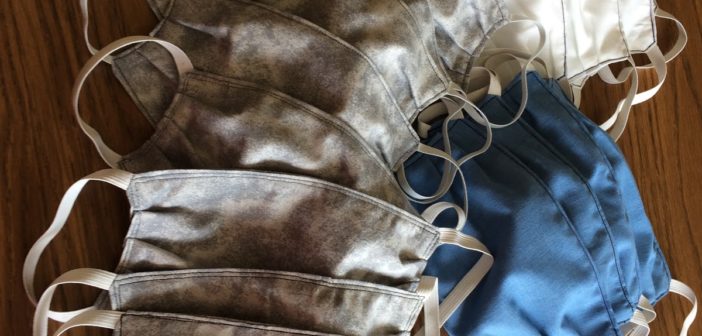The CDC is recommending citizens wear masks when going out in public to protect themselves and others.
The COVID-19 virus can be spread by those who show no symptoms. So, in places where social distancing is difficult, such as grocery stores, the homemade face masks are shown to help reduce the spread. These masks are not recommended as substitutes for the N-95 or other medical grade masks.
North Central’s Institutional Response Team sent out a school-wide email about the use of masks. This email included links to the CDC page. The page includes a short video of Surgeon General Dr. Jerome Adams discussing items around the house that can be used as face coverings, such as a scarf, bandanna or even a T-shirt. Adams demonstrates a no-sew method to turn a T-shirt and two rubber bands into a mask with some simple folding.
Other materials, everything from pillowcases, flannel pajamas and vacuum bags are all in the testing stages for the best level of protection. For those not comfortable with a needle and thread or who don’t have access to a sewing machine, the CDC has issued another no-sew tutorial that uses a coffee filter for extra protection.
Seamstresses across the nation are opening their sewing machines and getting crafty. Old scraps of fabric are washed and recycled to help save lives. Hair ties can be substituted for elastic. Kitchen towels can be extra fabric.
My mom, Lynn Rott, has been sewing for over 50 years. After hearing about the mask shortage, she watched a short YouTube tutorial and got to work. The masks she made are now being used by local law enforcement, as well as family members.
For those unsure of their crafting skills, remember that something is better than nothing. For more information on mask making and other protections, you can take against the COVID-19 virus, visit CDC.gov.

